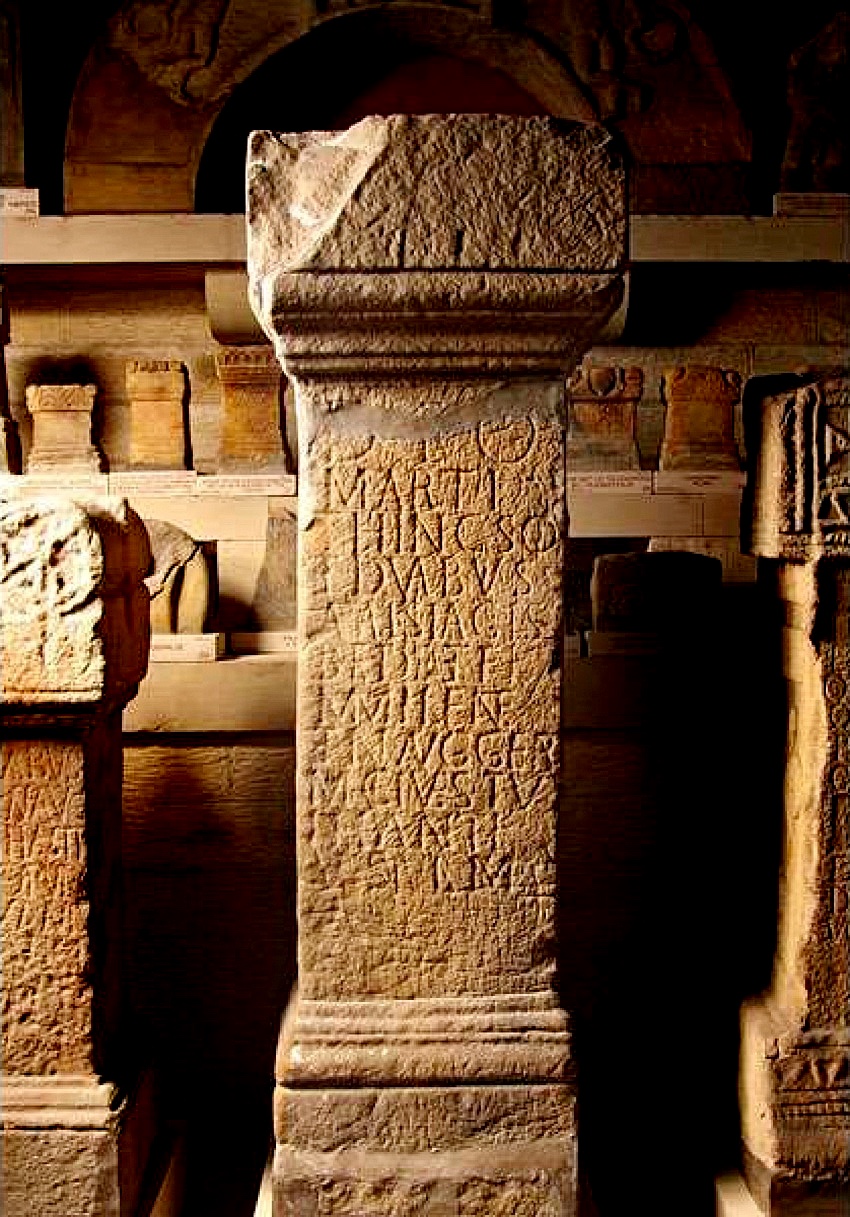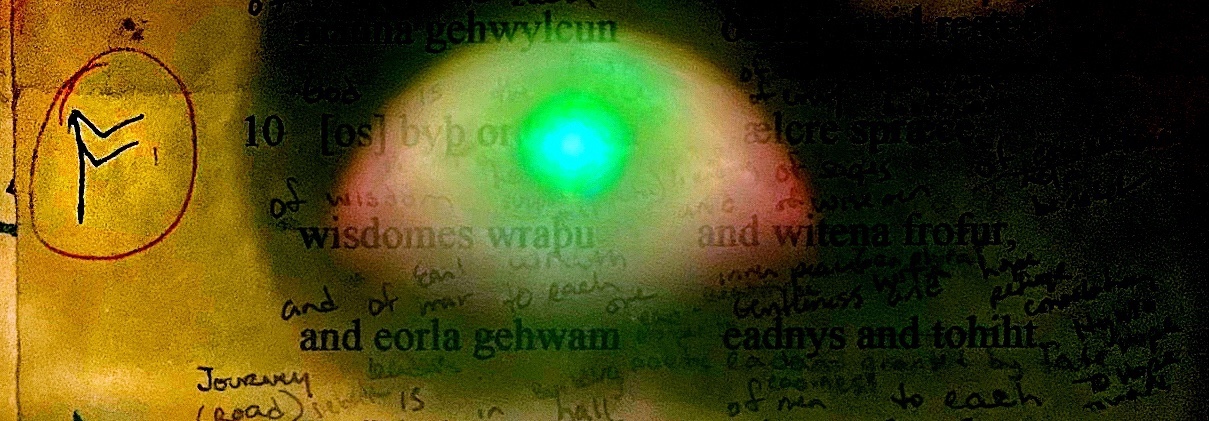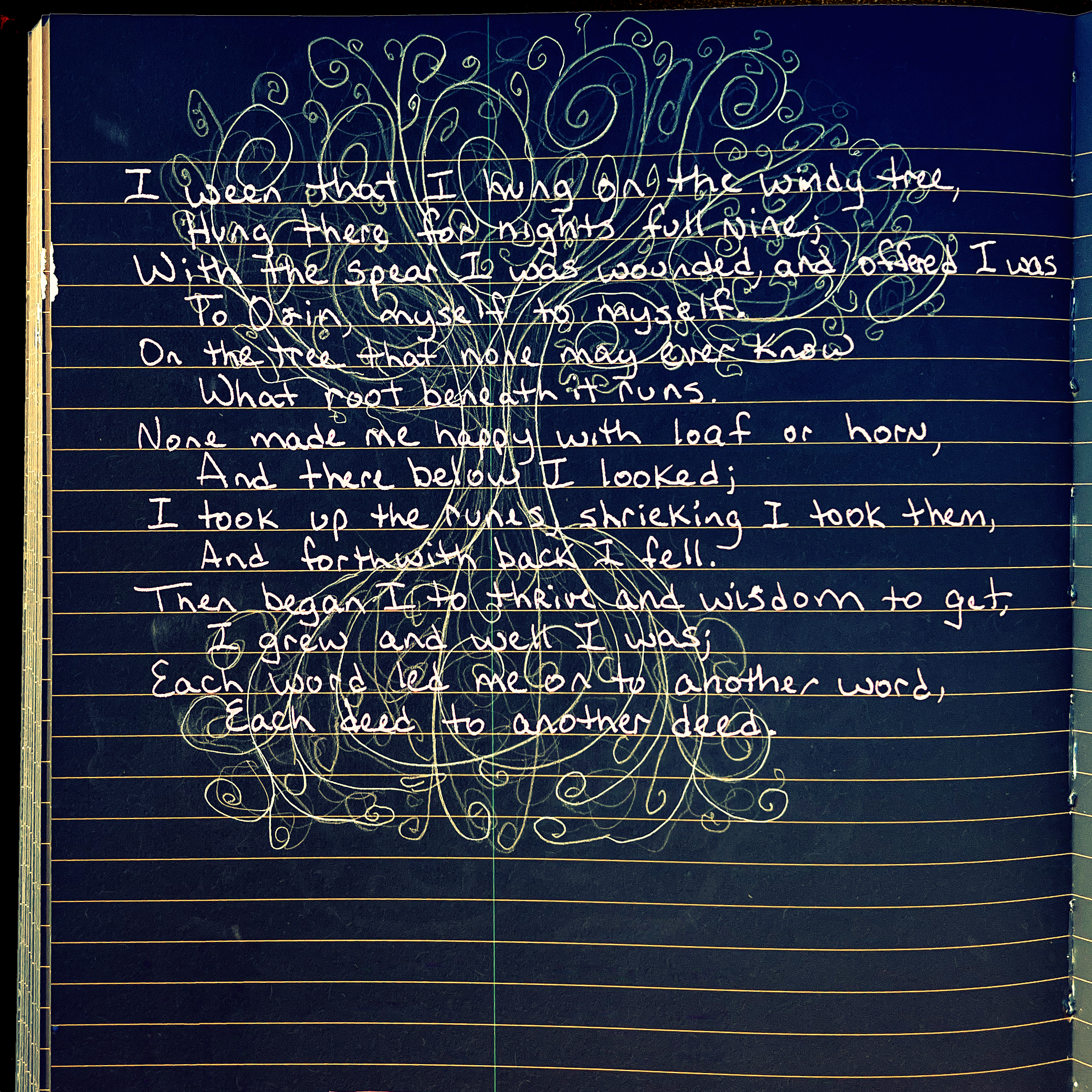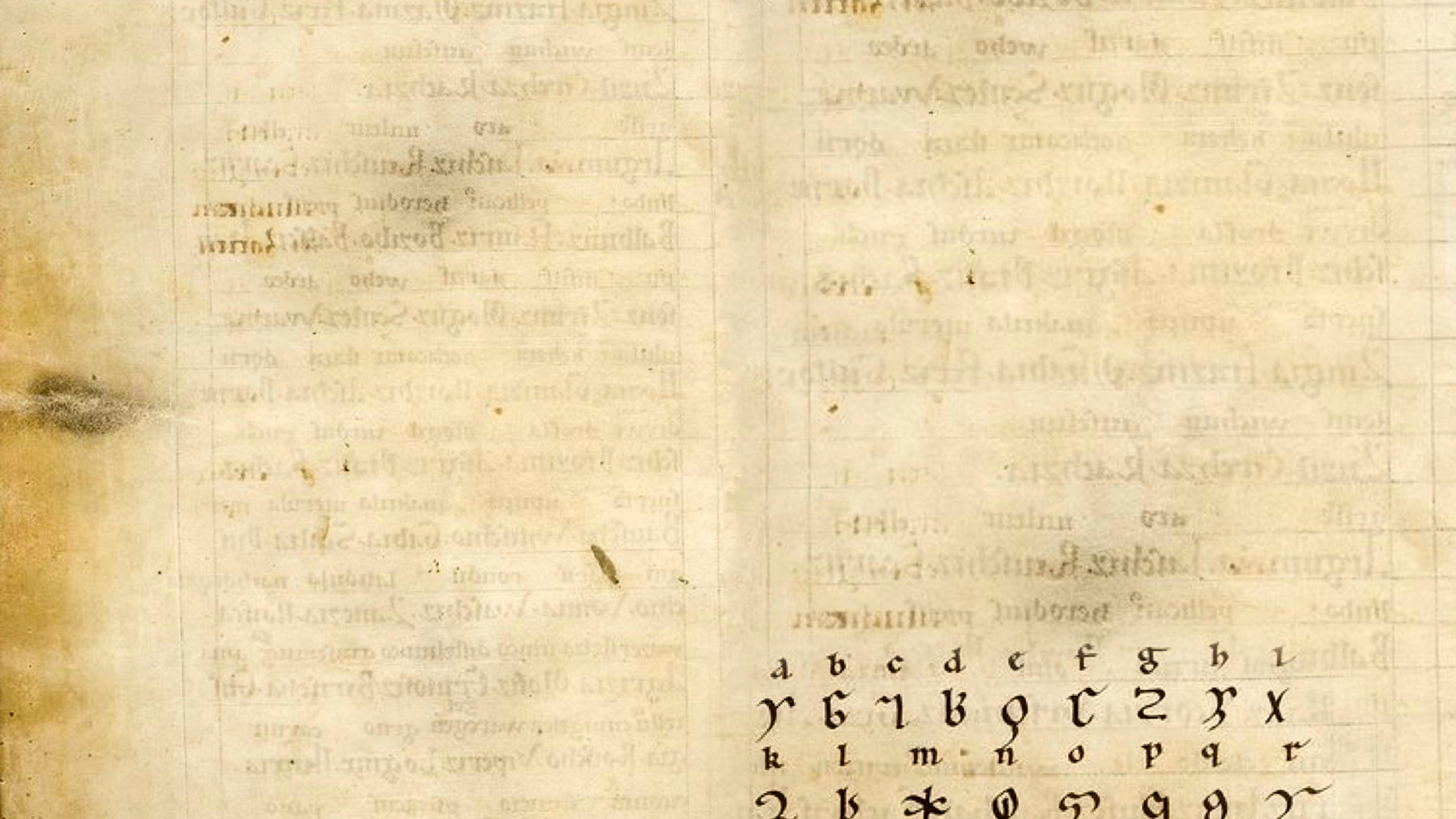 During the height of the Roman occupation of Britain, Britannia was as Roman as anywhere else in the empire: filled with flourishing walled market towns distributing goods to and from all the other parts of the Mediterranean world, the culture a mix of Roman and local, all gods welcome. This was the secret sauce in the Roman recipe for empire, everybody got to keep their deities. Delicious. Some gods were adopted by the soldiers and traveling sales teams who moved the most from place to place, others got yoked to a Roman deity, two gods pulling the weight for one: interpretatio Romana Tacitus called this practice whilst naming a pair of gods living in a sacred grove somewhere along the Oder River between Germany and Poland. According to the Roman interpretation these deities were Castor and Pollux but maybe they were some version of Nerþus who was maybe Ing who maybe became Freyr and … More
During the height of the Roman occupation of Britain, Britannia was as Roman as anywhere else in the empire: filled with flourishing walled market towns distributing goods to and from all the other parts of the Mediterranean world, the culture a mix of Roman and local, all gods welcome. This was the secret sauce in the Roman recipe for empire, everybody got to keep their deities. Delicious. Some gods were adopted by the soldiers and traveling sales teams who moved the most from place to place, others got yoked to a Roman deity, two gods pulling the weight for one: interpretatio Romana Tacitus called this practice whilst naming a pair of gods living in a sacred grove somewhere along the Oder River between Germany and Poland. According to the Roman interpretation these deities were Castor and Pollux but maybe they were some version of Nerþus who was maybe Ing who maybe became Freyr and … More
Tag Archives: Woden
Translating Os
 Os means God, non specified, though this stanza might be talking about a specific one. There are other specific gods in the Rune Poem. Tiw is here. So is Ing. We don’t know much about Ing. We don’t know much about any of the Gods the rune carvers were listening to. We do know the Nordic ones thanks largely to the thirteenth century Icelandic poet Snorri Sturluson, who compiled folk traditions into stories for a Norse king who liked his entertainment. Britain also being a North Sea culture, there was plenty of overlap. There’s not much written about the deities in Old English, though. Most everybody doing the writing was Christian, so. They had an agenda. These Christians preferred a reduction of the Gods down to a singularity, a point encompassing all other points, so the extra Gods they’d encounter tended to disappear.
Os means God, non specified, though this stanza might be talking about a specific one. There are other specific gods in the Rune Poem. Tiw is here. So is Ing. We don’t know much about Ing. We don’t know much about any of the Gods the rune carvers were listening to. We do know the Nordic ones thanks largely to the thirteenth century Icelandic poet Snorri Sturluson, who compiled folk traditions into stories for a Norse king who liked his entertainment. Britain also being a North Sea culture, there was plenty of overlap. There’s not much written about the deities in Old English, though. Most everybody doing the writing was Christian, so. They had an agenda. These Christians preferred a reduction of the Gods down to a singularity, a point encompassing all other points, so the extra Gods they’d encounter tended to disappear.
The word Os was disappearing too, by the … More
Axis Mundi

Archaeologists in their digging and dating trace the oldest runic alphabet back to the late second century. The oldest rune carvings are often of the alphabet itself, carved in order. They’ve found runes etched into durable things like rock, metal, bone, but sometimes the odd piece of wood might survive. These earliest rune carvings have been found all over Northern Europe, even on occasion as far south as France, but most particularly around the Baltic Sea Coast. The messages would be brief, saying things like Vern made me. Not an actual Vern, there was no V. I’d carve this here if I could, carve it into light, but I’d have to use my own V.
The earliest runic inscriptions reveal no memory that the runes came from a prior alphabet, though they line up beautifully with several Latin letters, and correspond even more closely to Etruscan, the language of ancient northern and central … More
O is for Apostrophe

There are three kinds of apostrophes, grammatical don’t you know, botanical (when bits of protoplasm and such gather on plant cell walls adjacent to other plant cell walls, the more you know) and rhetorical. O reader did you know, the meaning of apostrophe that came first and the one I’m on about today is the rhetorical one?
The word apostrophe comes from Latin and Greek words that mean to turn away, a turning. It’s when the speaker or the writer stops everything and words directed at an audience turn elsewhere. Where to? To people not in the scene, to an object maybe. O tree, hear my words and tell me my fate! Or a concept. O language, you never stop you slippery Proteus! It’s a turn from the reader but also a turning of the reader. Turn this way. Follow me here. Listen to me say things that you can hear to something or somebody … More


